Biostatistics 401077: Hypothesis Testing and Confidence Intervals, UWS
VerifiedAdded on 2023/06/12
|6
|860
|423
Homework Assignment
AI Summary
This assignment focuses on applying biostatistical methods to analyze data related to student drinking habits, well-being scores, and drug use. It involves conducting a sign test to assess changes in drinking habits, calculating and interpreting confidence intervals for well-being scores (WEMWBS), performing hypothesis tests (both t-tests and Mann-Whitney tests) to compare well-being between drug users and non-users, determining the necessary sample size for a study with specified power and error rate, and analyzing the association between drug use and gender using a chi-squared test. The solutions provided include the null and alternative hypotheses, test statistics, p-values, and conclusions based on a 5% significance level. The assignment also addresses the assumptions underlying statistical tests and the implications of violating these assumptions. Finally, the minimum sample size for the given specifications has been calculated.
1 out of 6
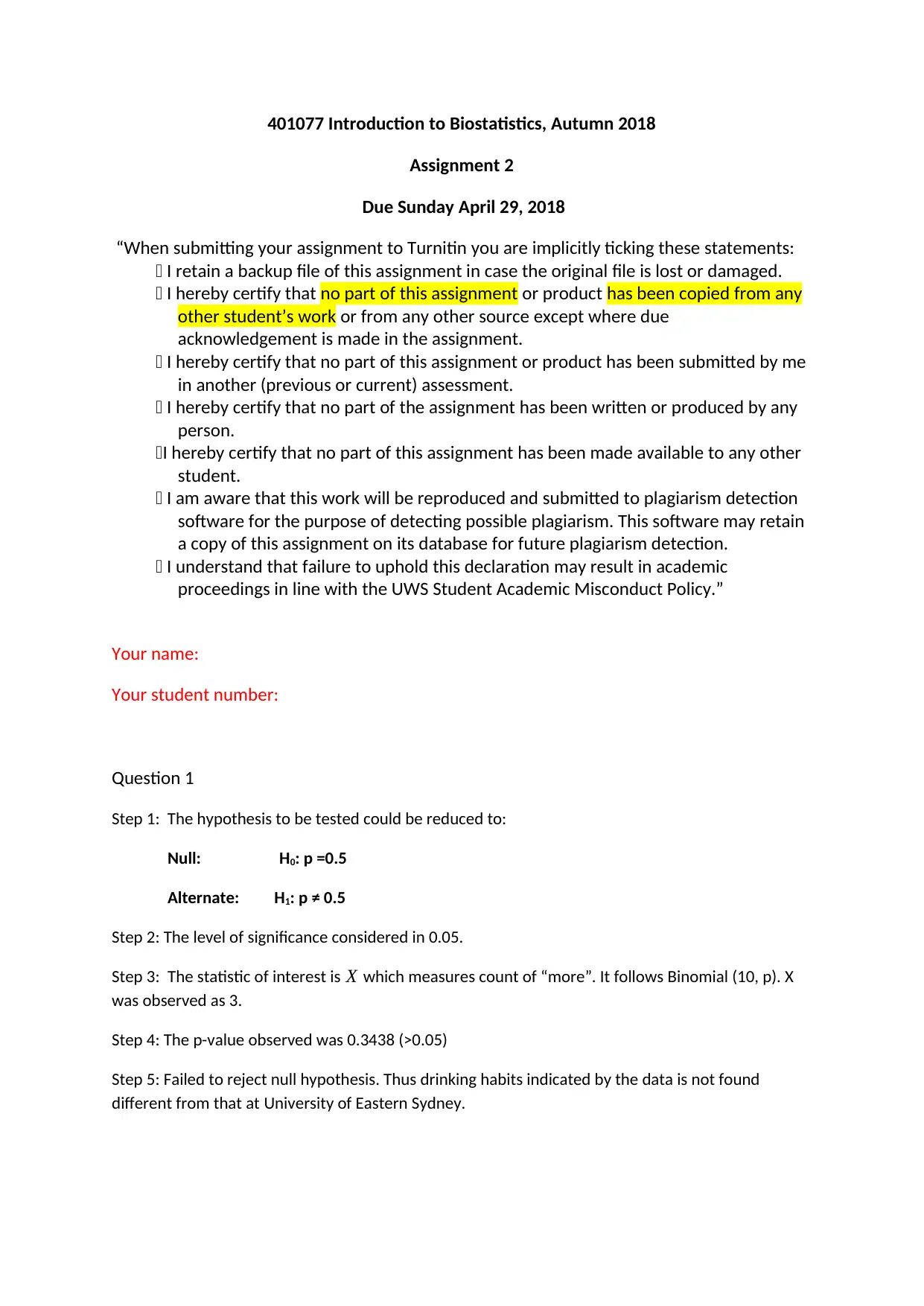
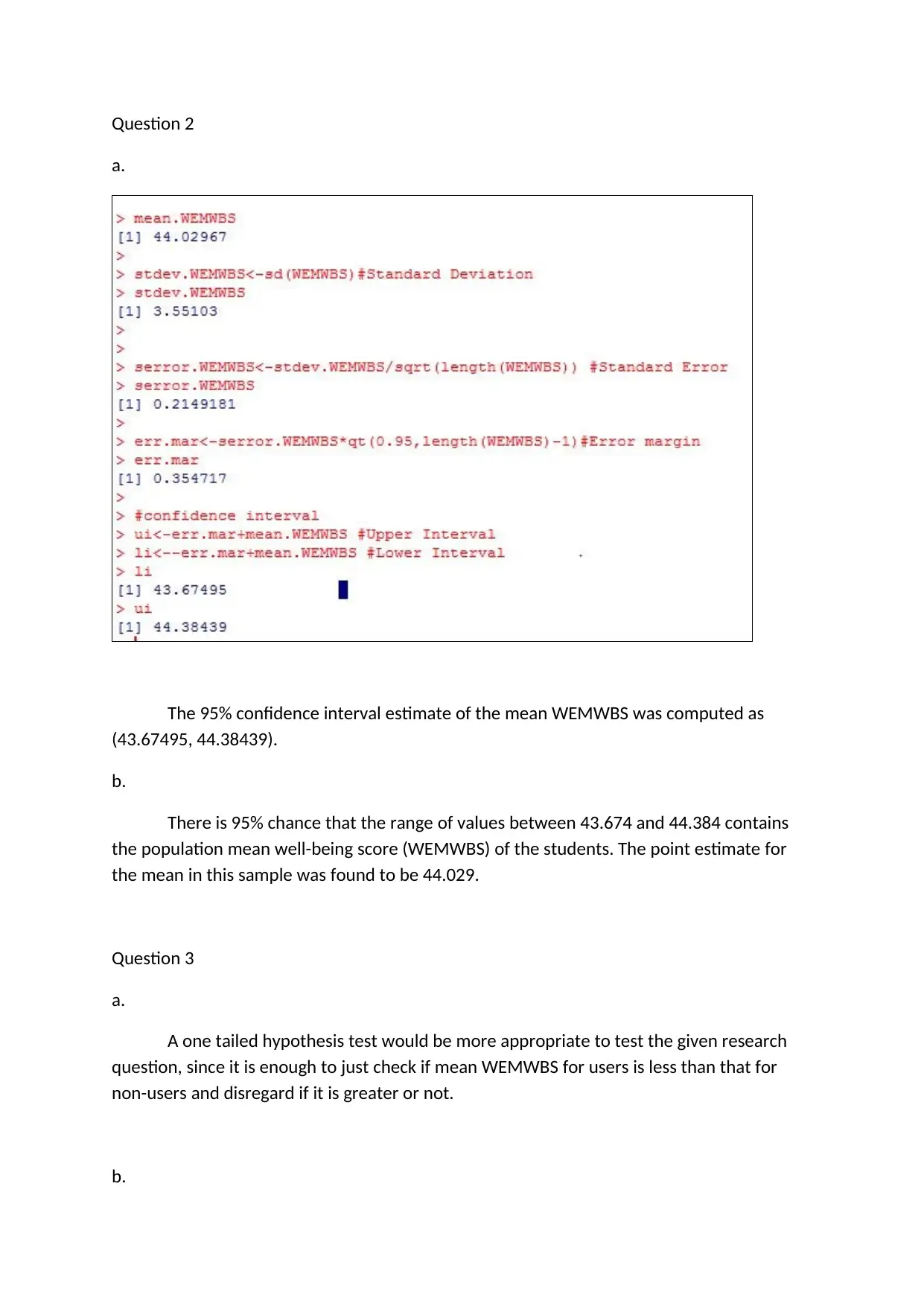
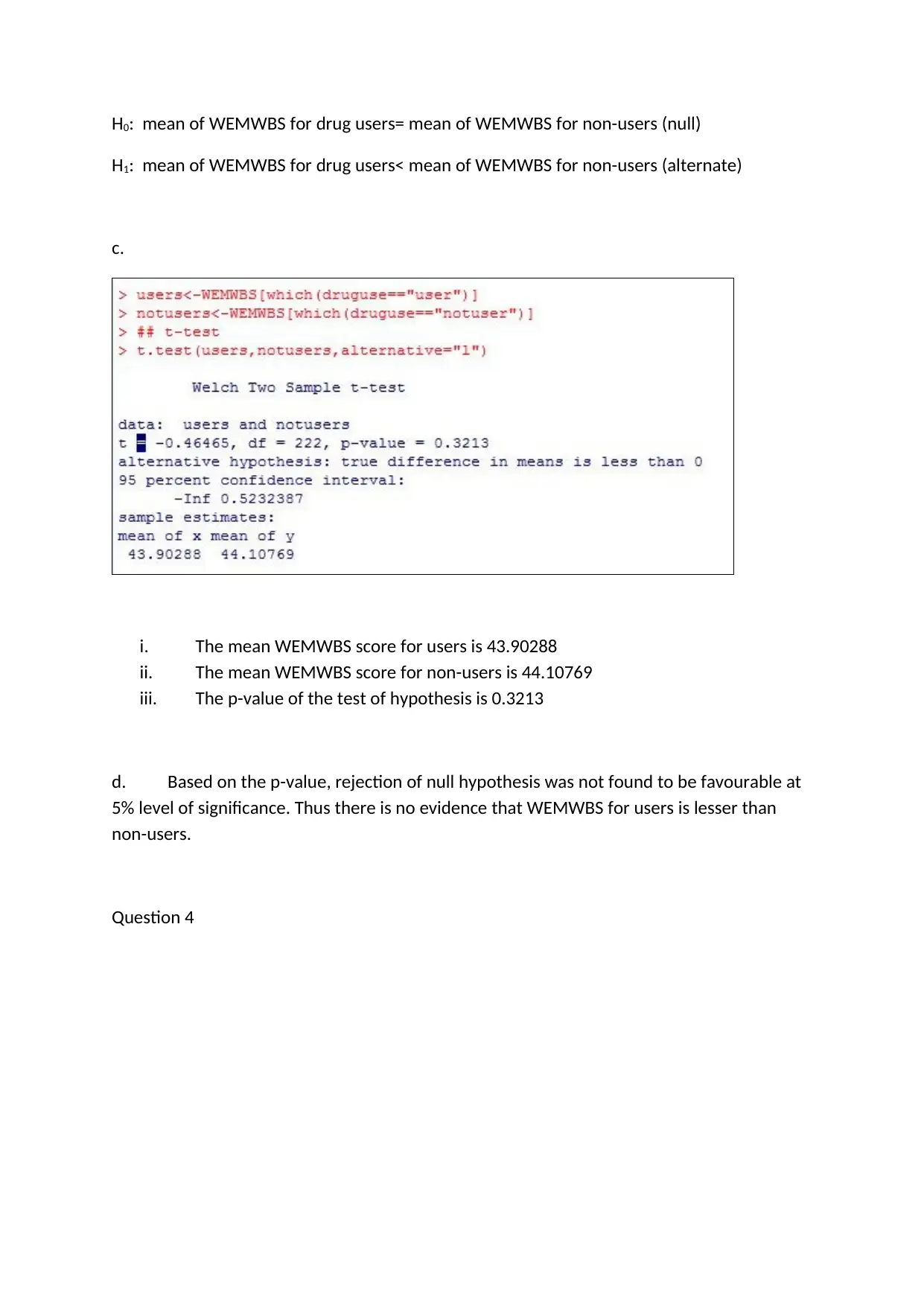

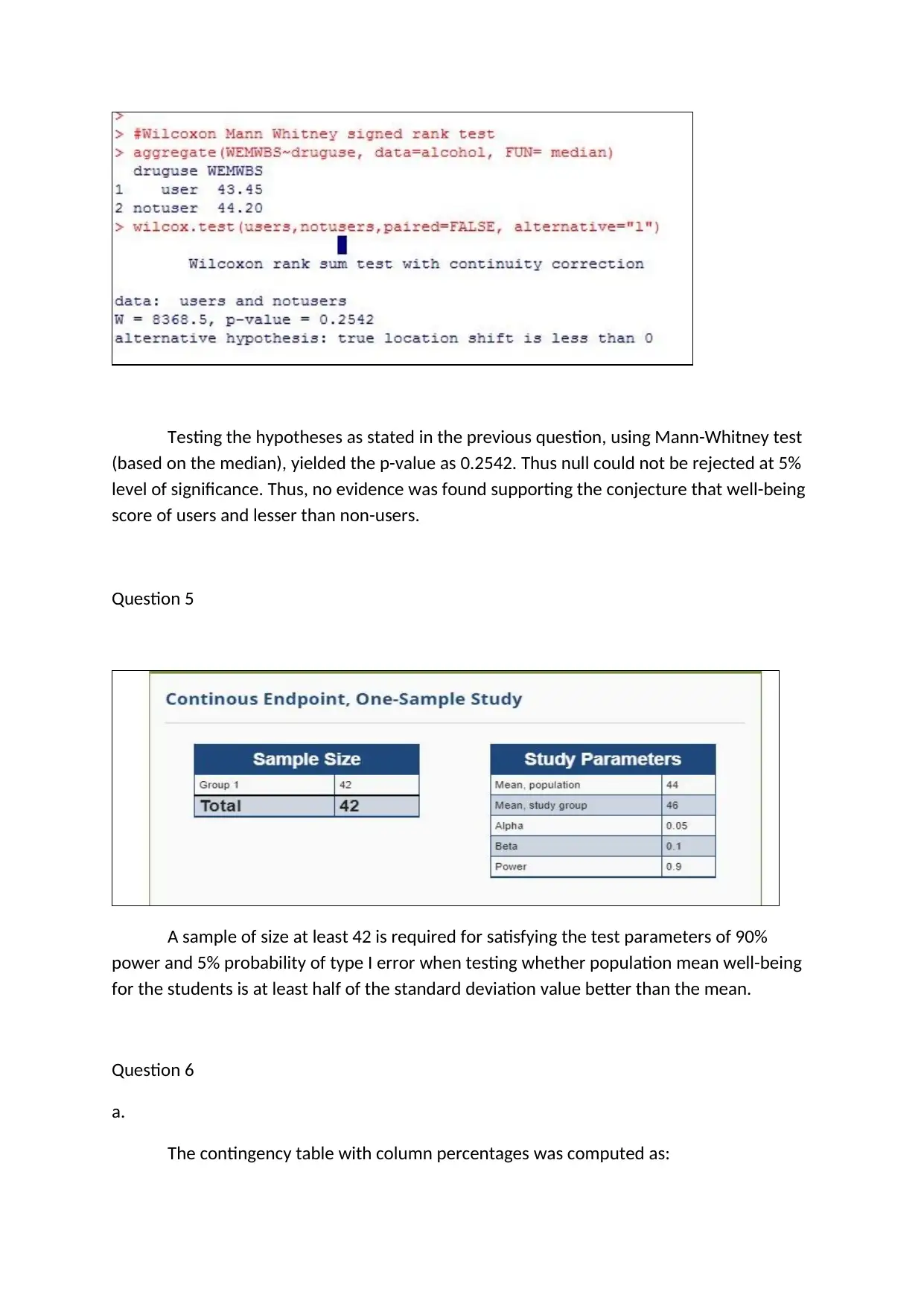
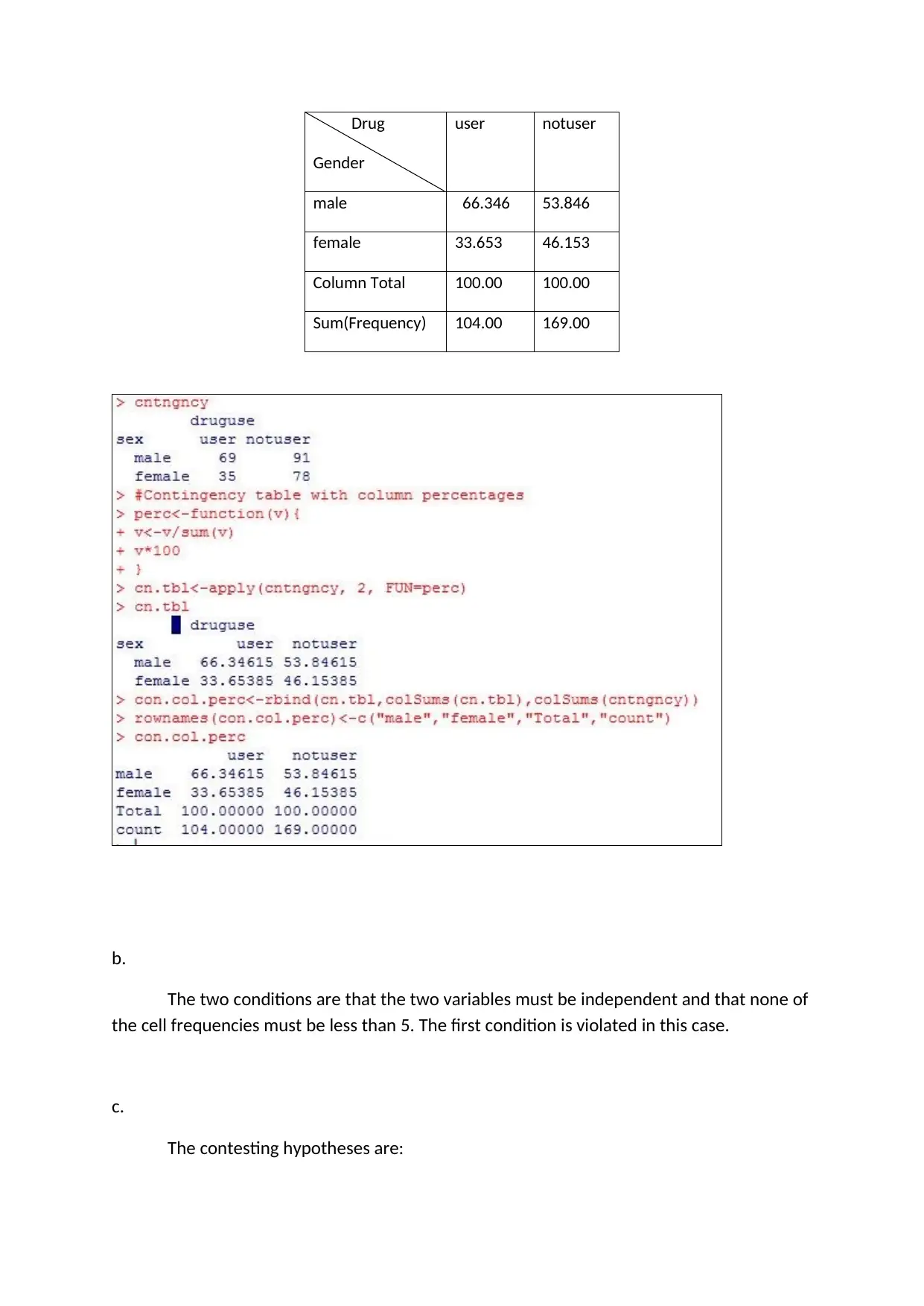
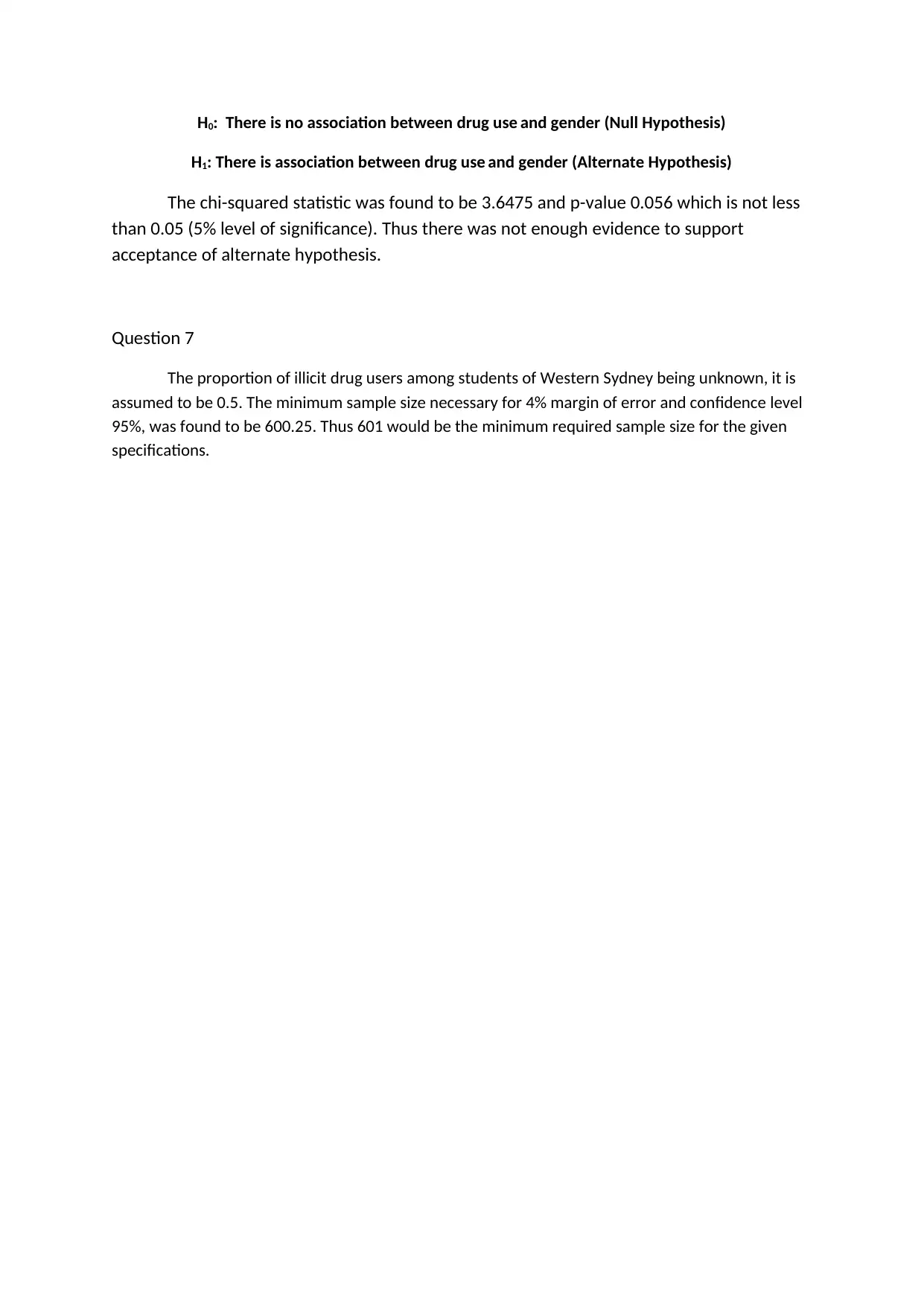






![[object Object]](/_next/static/media/star-bottom.7253800d.svg)